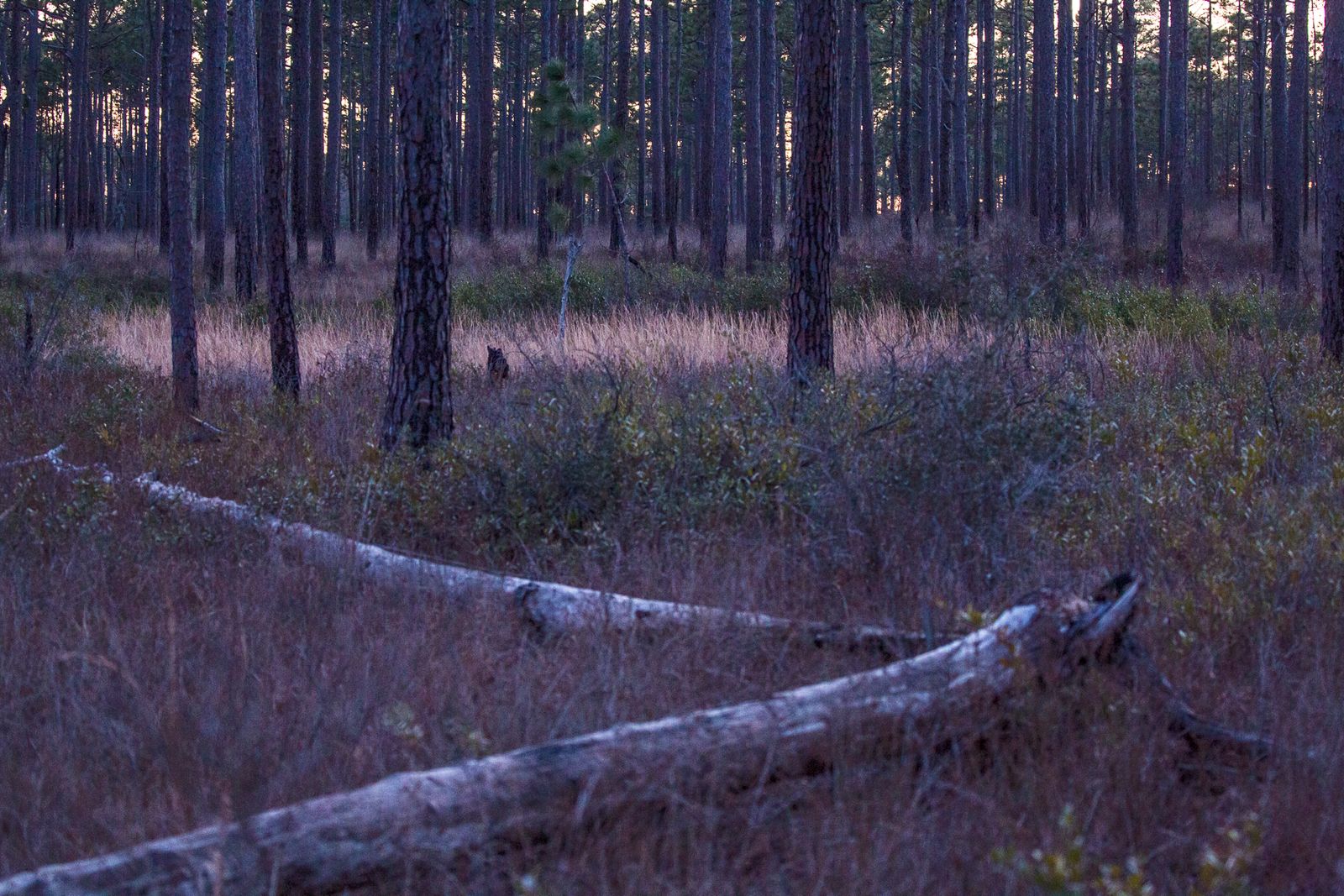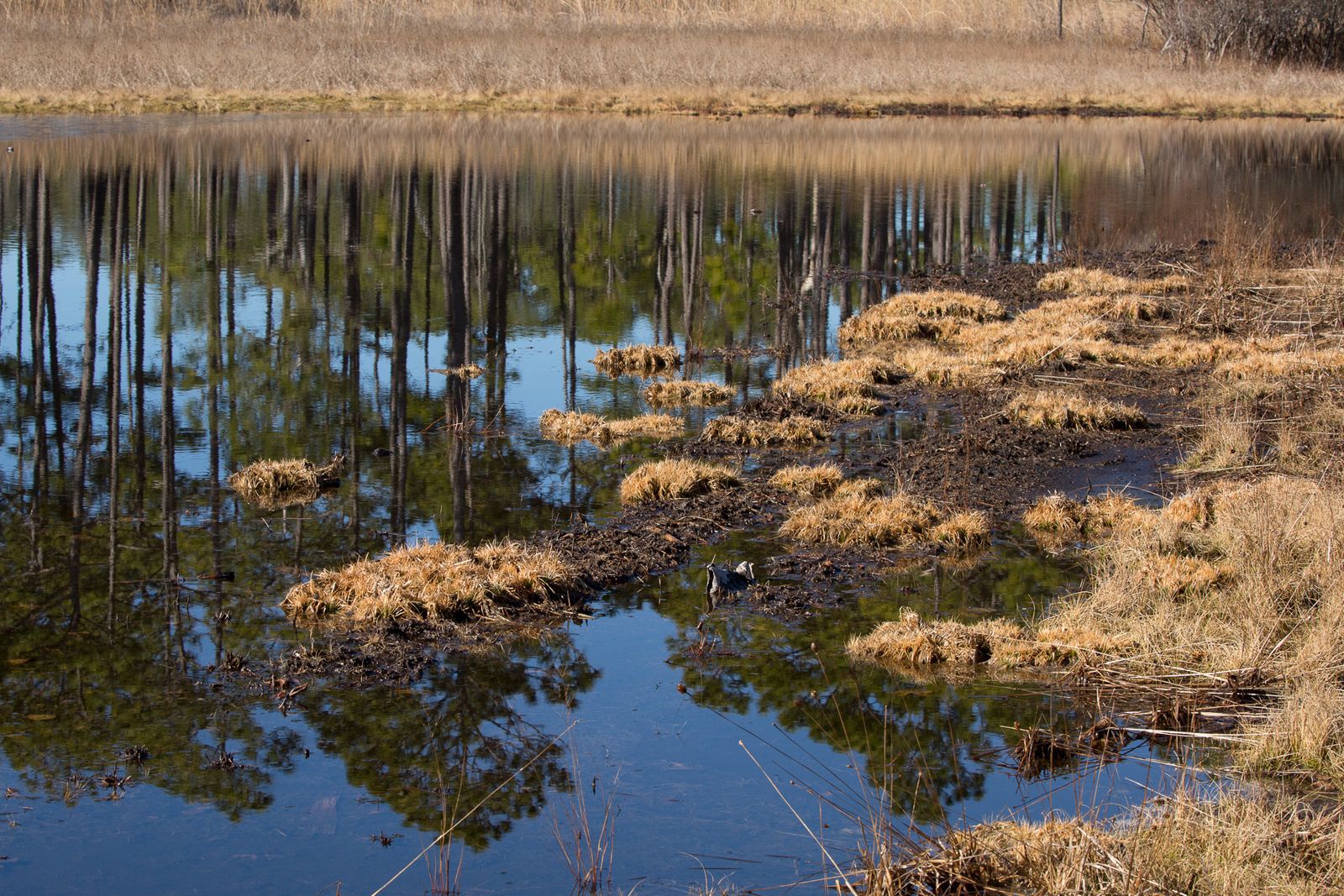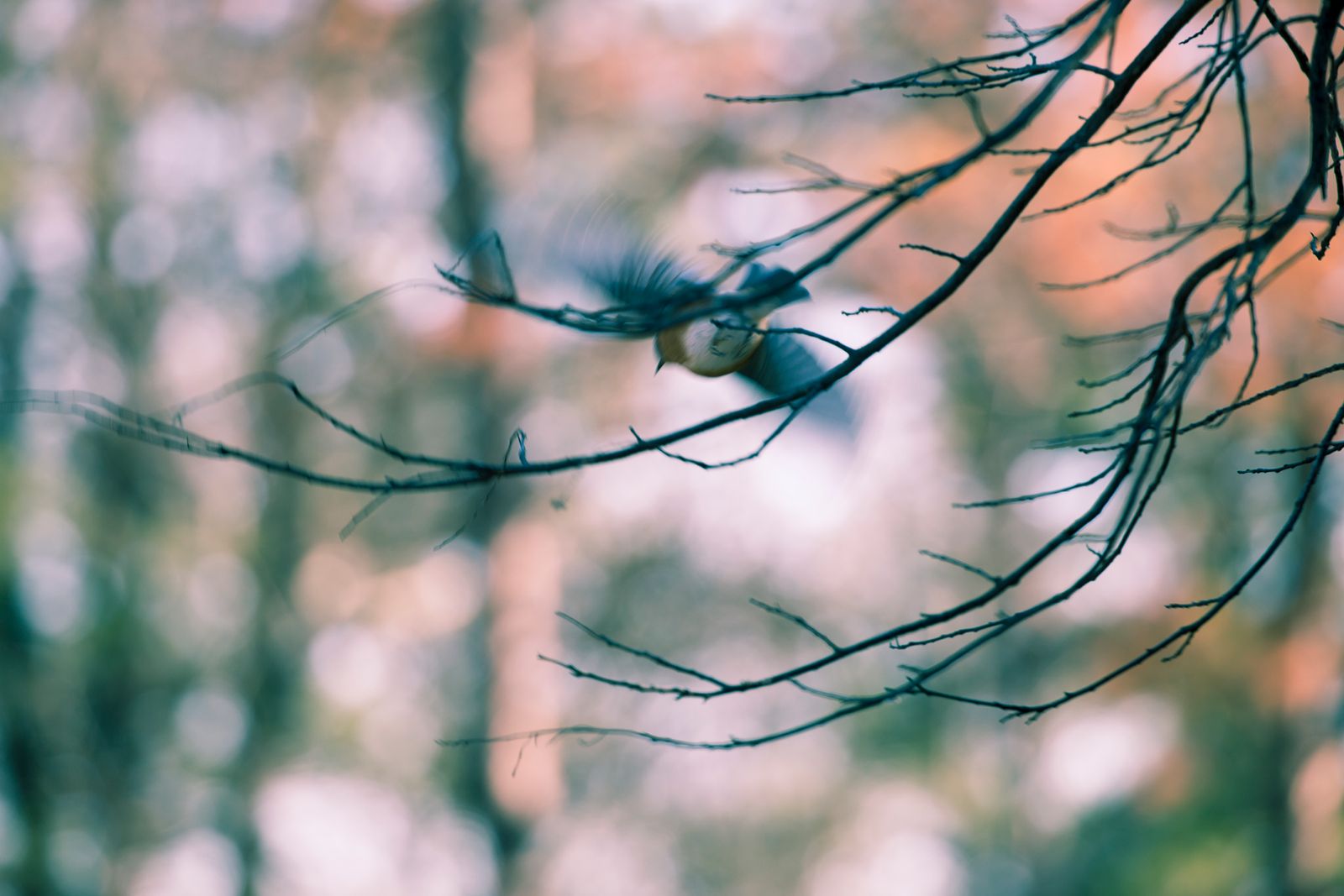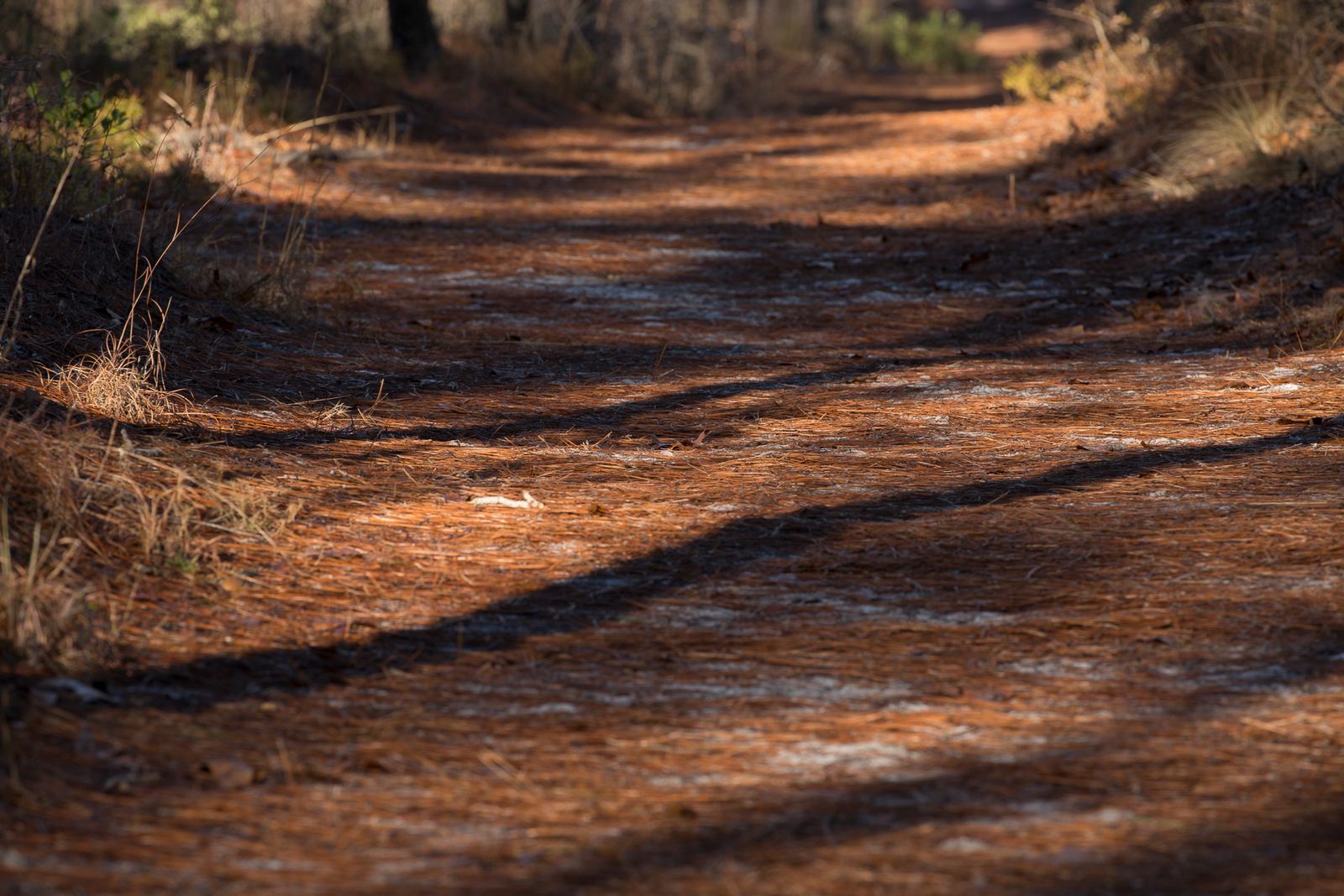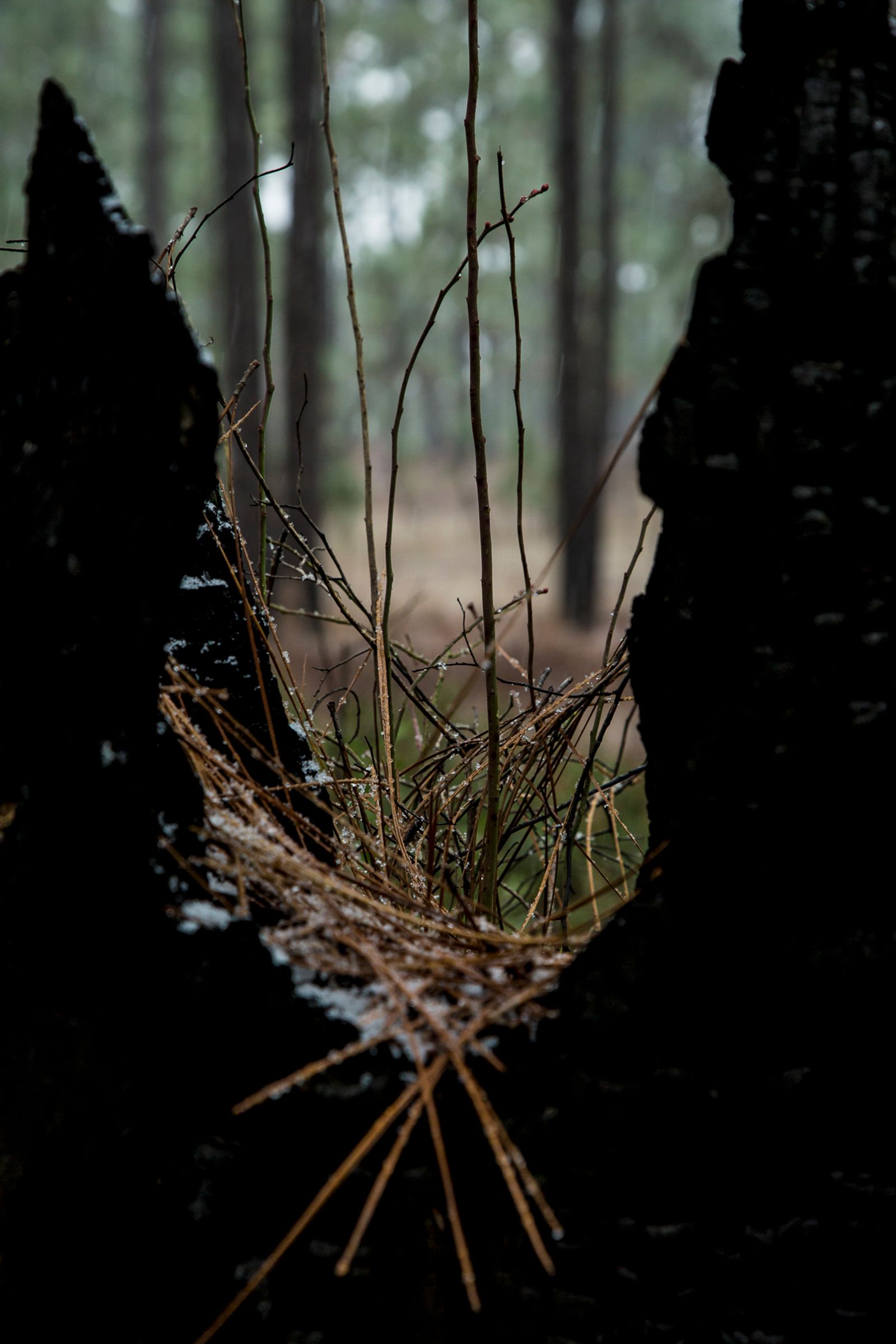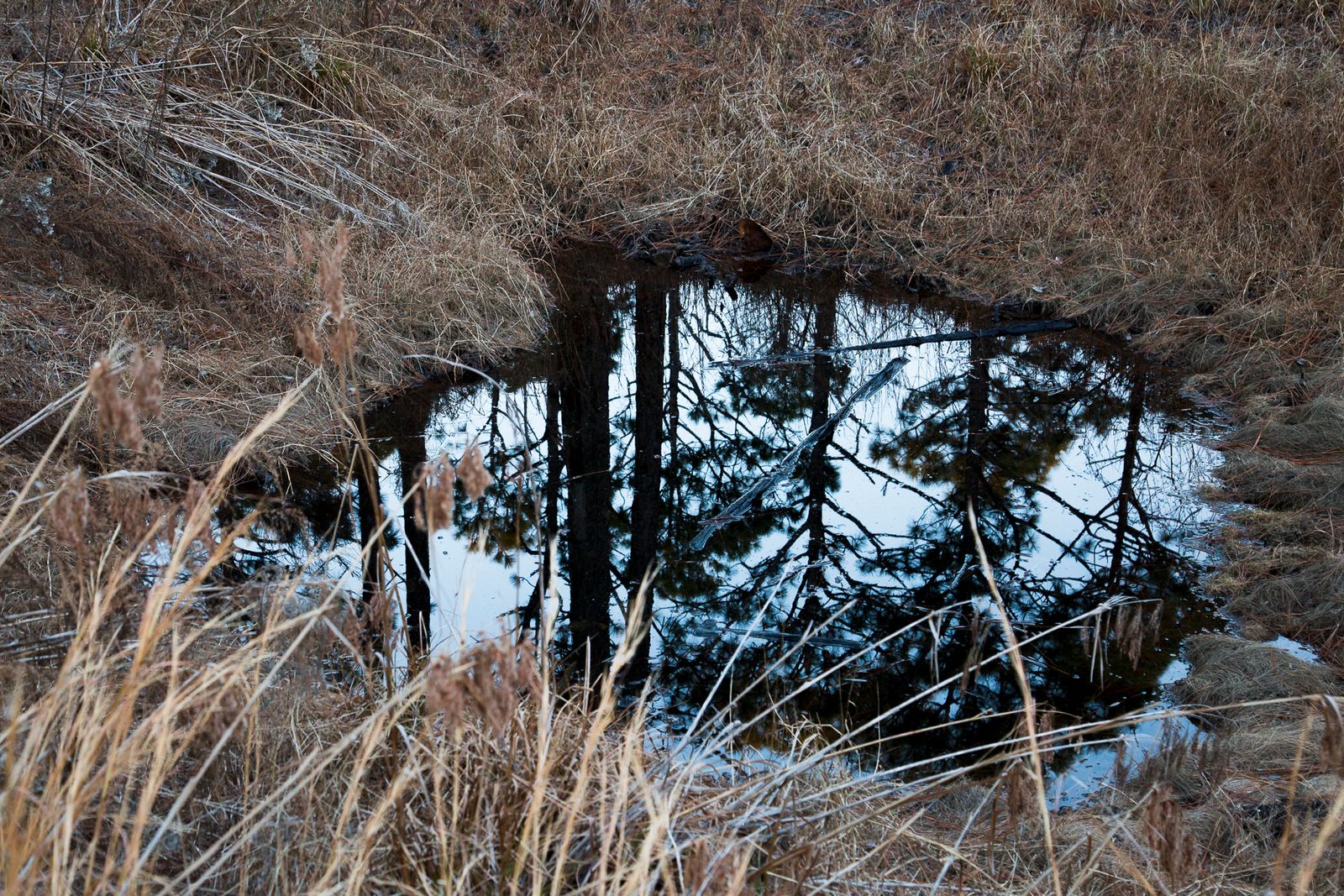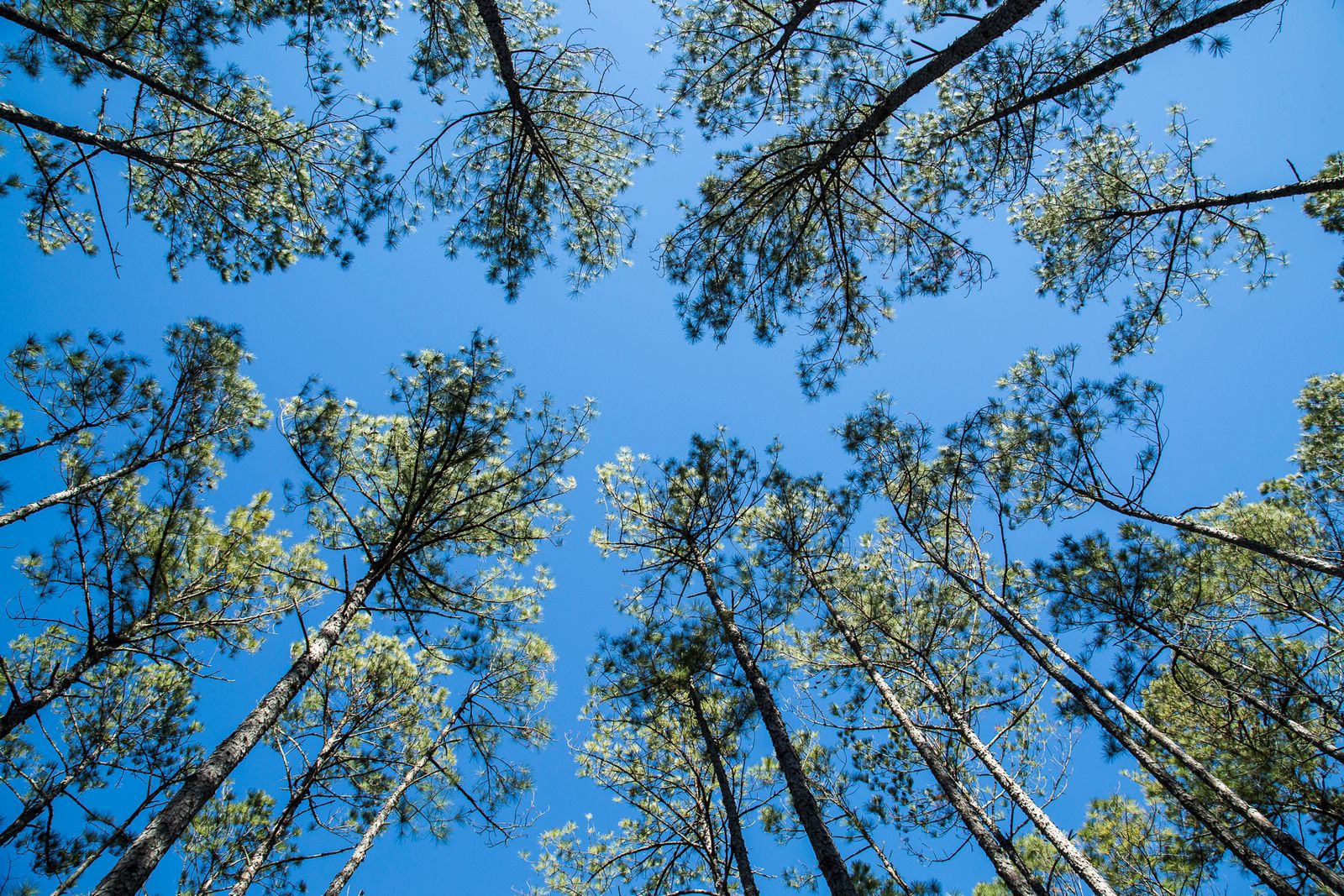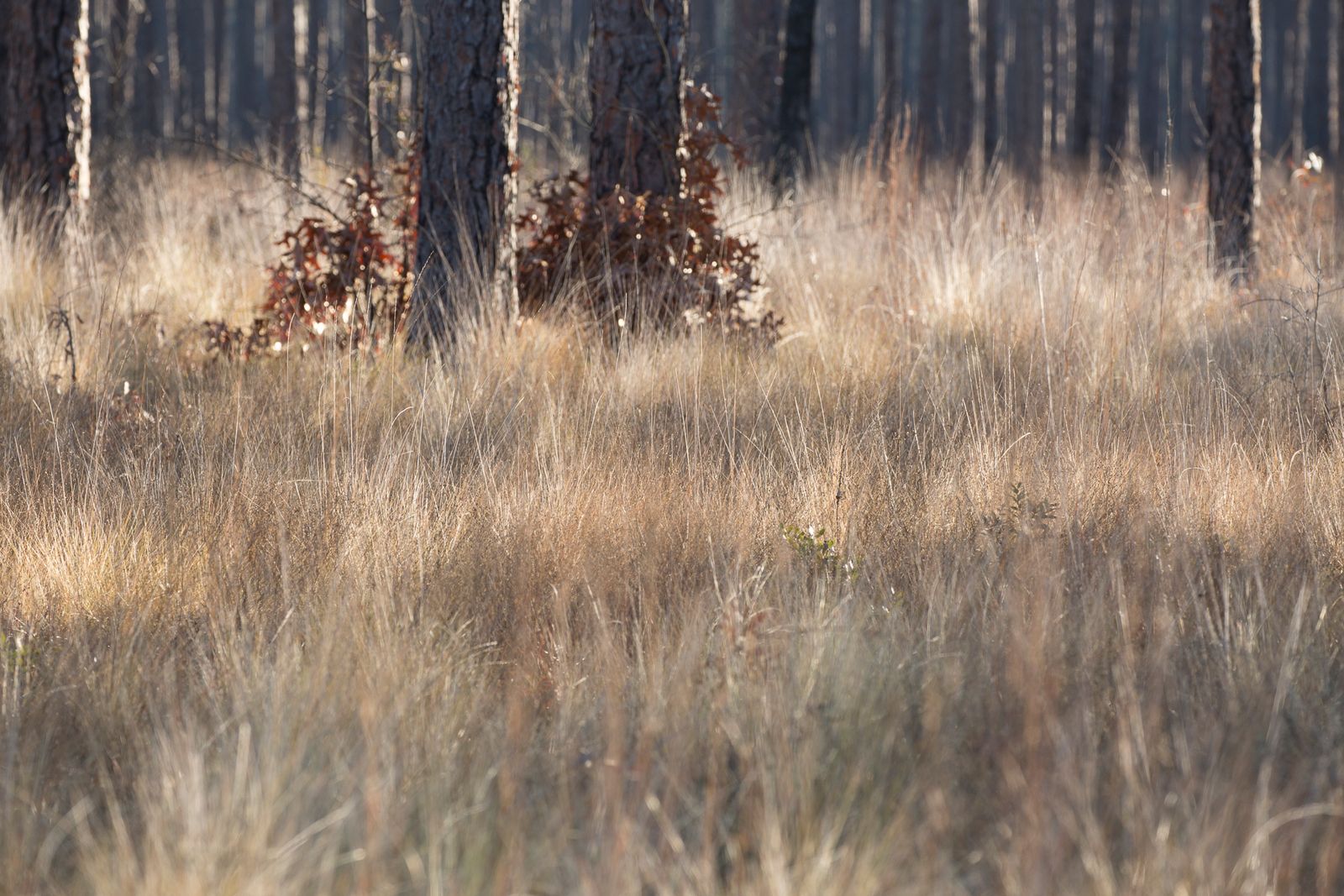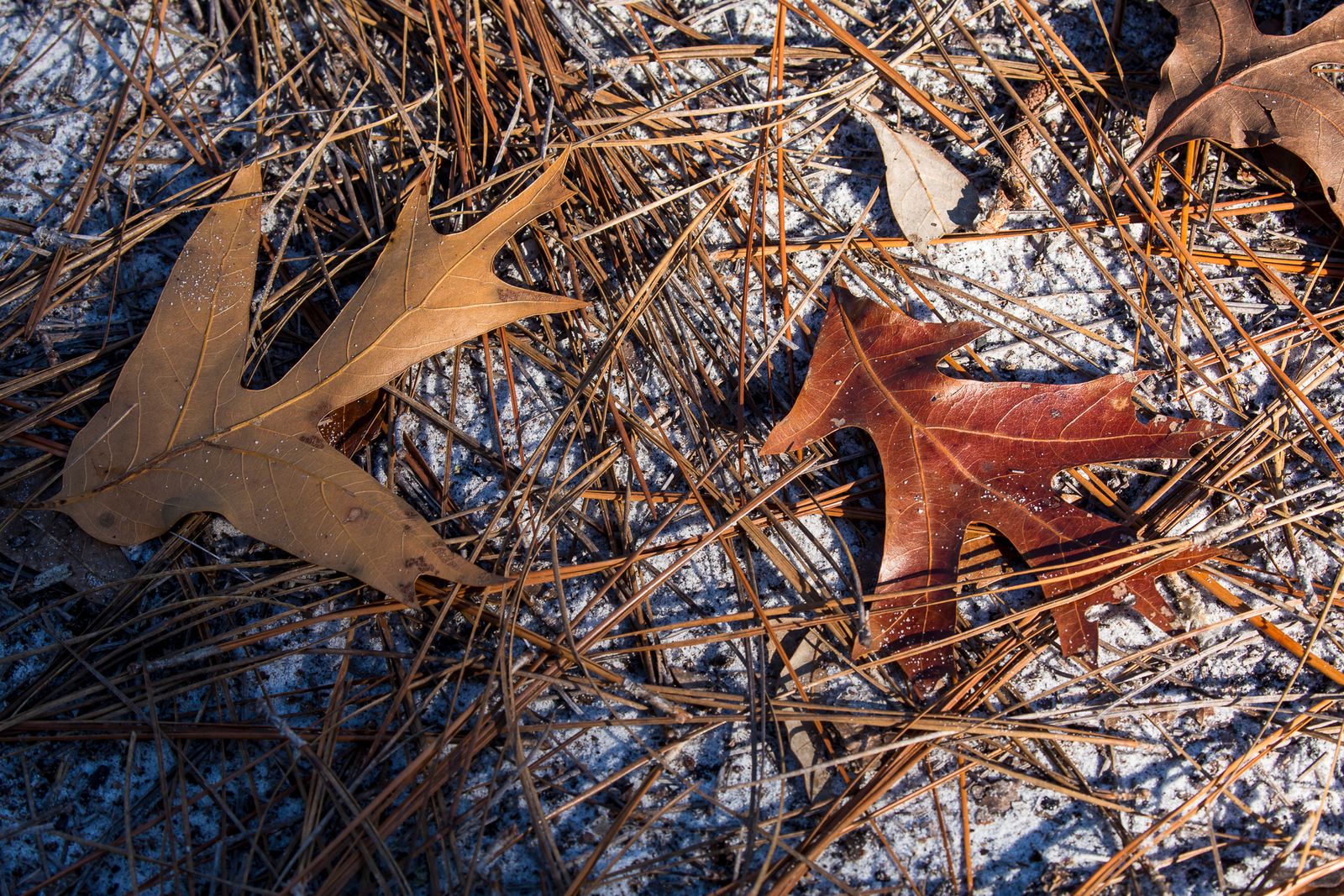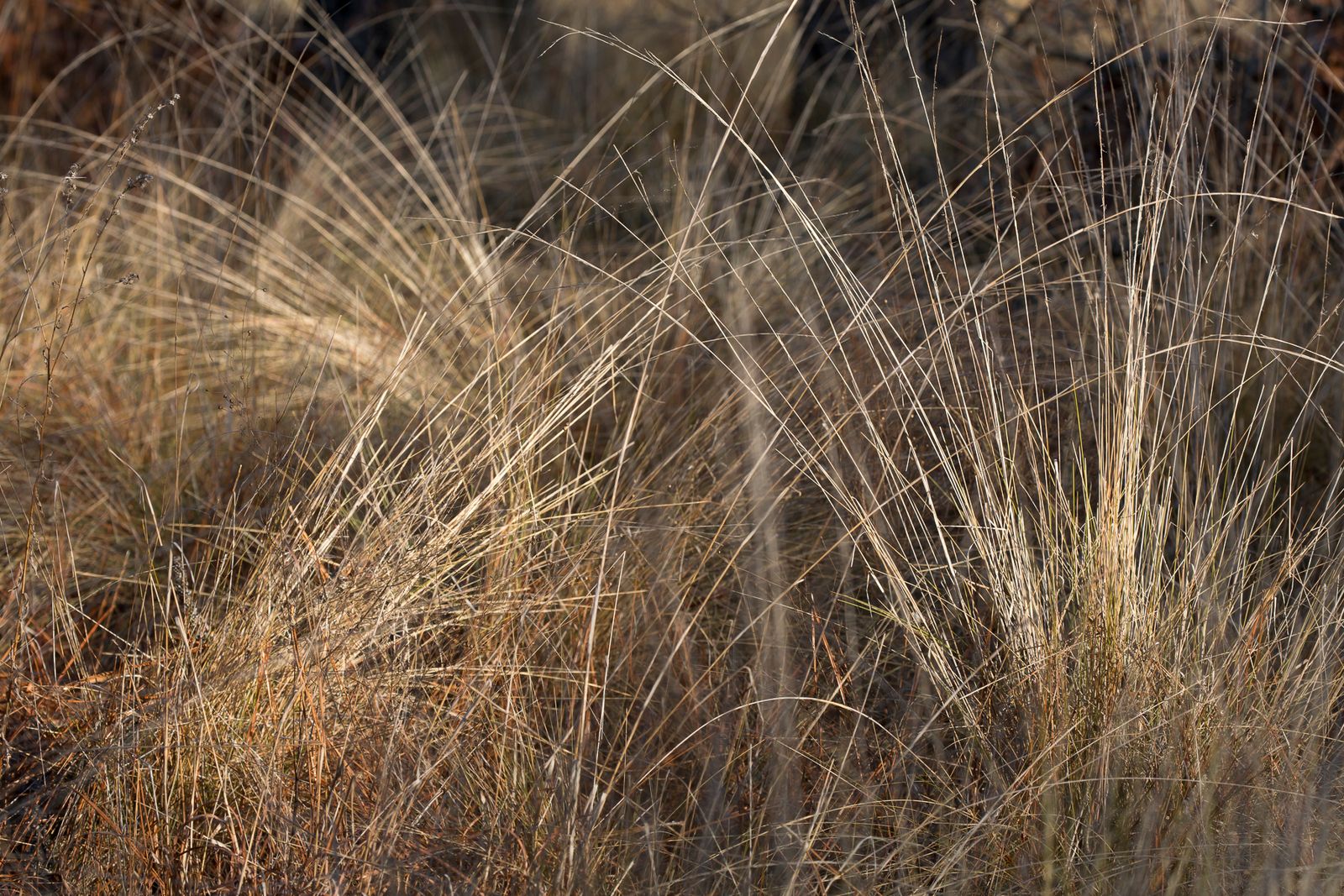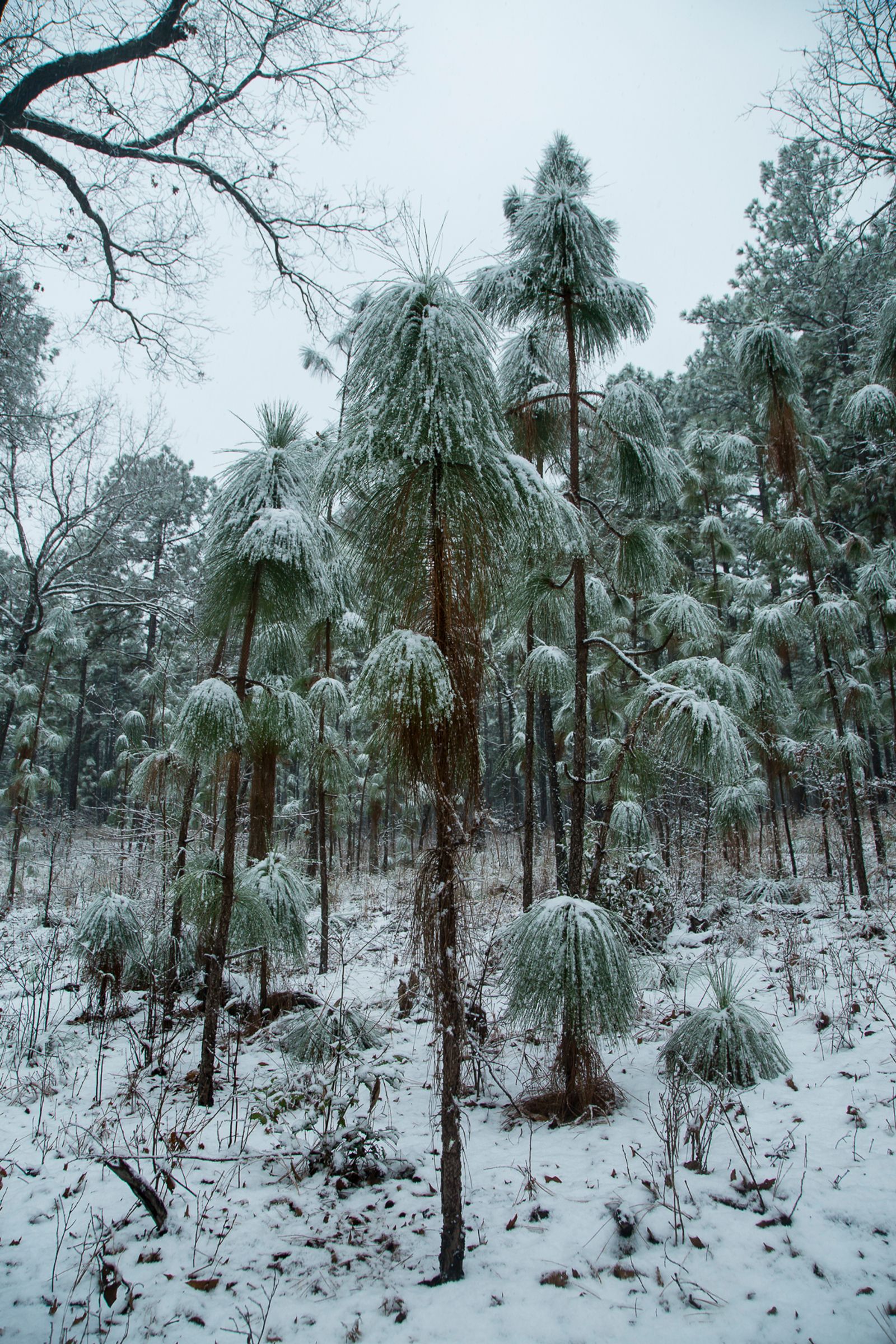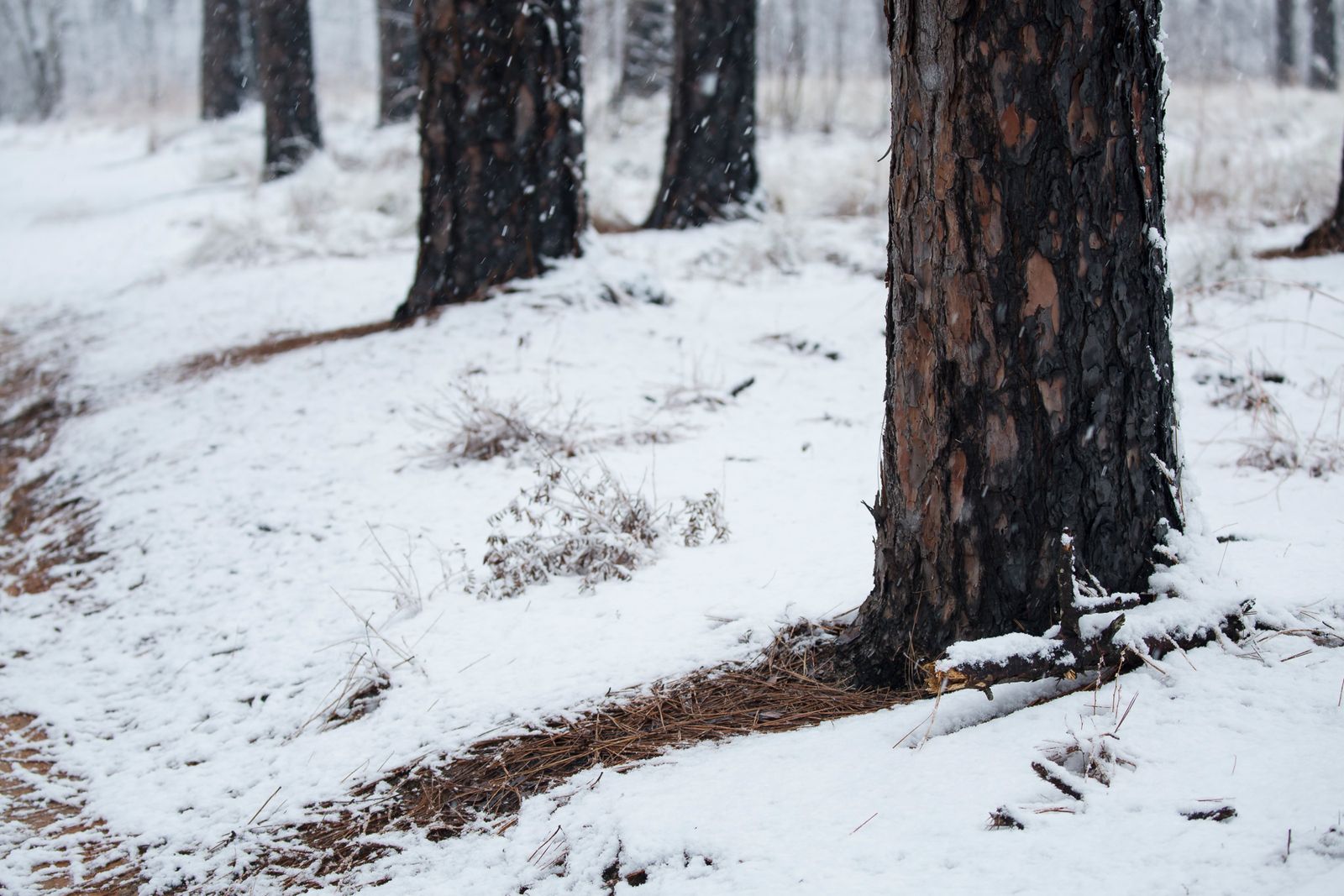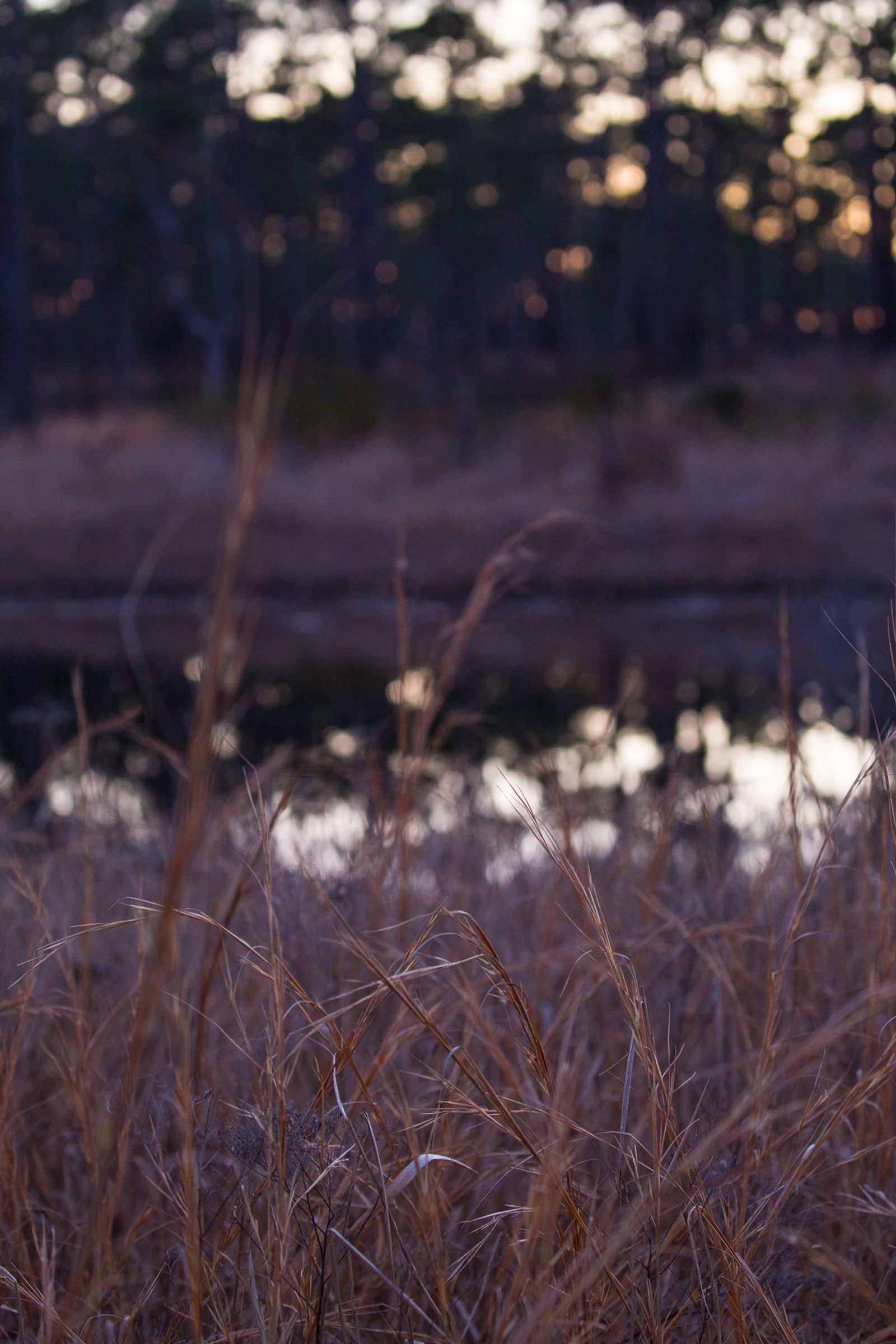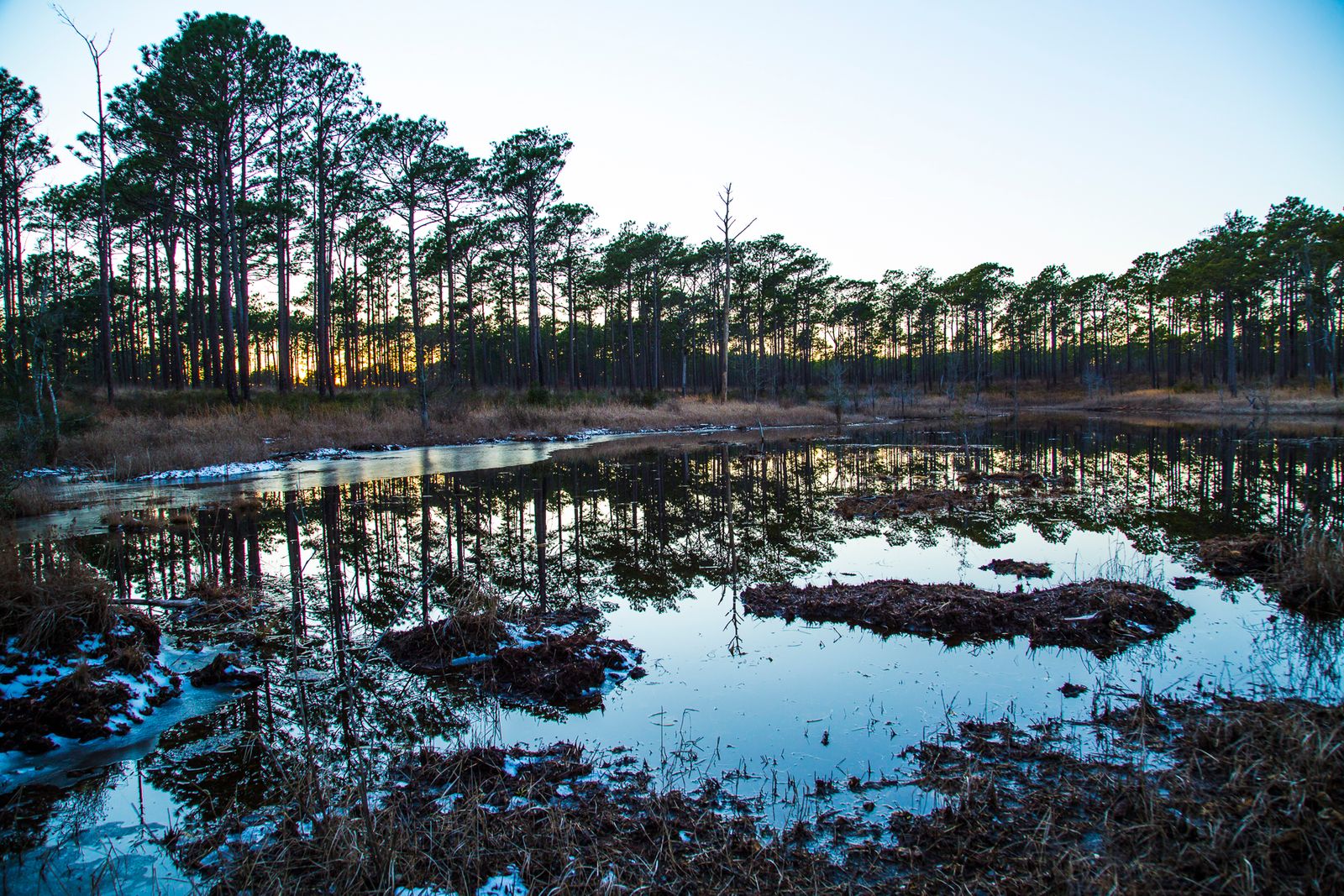Long Leaf Pines (Take my Breath Away)
-
Dates2018 - 2018
-
Author
The long-leaf pine forest ecosystem now exists in fragmented clumps but once covered 90 million acres of the southeastern United States. The open nature of the woods, with light filtering through the lacy canopy, supports multiple species, human and other, which appreciate its open ecological health.
Human development threatens its fire-renewed existence, which balances straight and tall pines with a lush understory of wiregrass that uniquely supports a biodiverse habitat. Endangered red-cockaded woodpeckers and ubiquitous eastern bluebirds soar easily between branches and nests.
Snow is uncommon in North Carolina, but in January 2018 it did. Excessive heat, unprecedented storms, and anomalous snowstorms in the south are what we can expect in this era of climate crisis. “UNLESS someone… cares a whole awful lot,” will we see beyond short-term gains to protect our planet and a full complement of species?

